Narrating the History of Malabar’s Omani Connection with Special Reference
to the Life Histories of Cheraman Perumal and Saiyyid Fadl Moplah
Dr.M.H.Ilias
Associate Professor
India-Arab Cultural Centre
Jamia Millia Islamia, New Delhi-25
+91-9717039874
mhilias@gmail.com
Oman’s trade ties with the Malabar1 Coast traces back to even before the birth
and spread of Islam in the seventh century.2 The recent archaeological
excavations in Pattanam (Kerala) have brought forth a variety of tangible
evidences for South India’s trade links with the Arab World, including Oman,
from first century A.D.3 There were frequent Omani sailings back and forth
between the major ports of Oman and Kerala since the first century, though the
major diasporic drive came from the merchants of Oman only during the twelfth
and thirteenth centuries. Tibbetts noted that there are early Sumerian inscriptions
refer to ship-building in Oman catering for the ancient Indian Ocean trade.
Certainly Indian wood has been found in Sumerian sites. 4 Abu Zayed, the Arab
traveler mentioned:
“the Arabs of Umman (today’s Oman) take the carpenter’s tool-box
with them and go to the place where coconut trees grow in
abundance. First they cut down the tree and leave it to dry. When it
is dry’ they cut into planks. They weave ropes of the coir. With this
rope they tie the planks together and make of them a vessel. They
make its mast from the same wood. The sails are made of fiber.
When the boat is ready, they take a cargo of coconuts and sail from
Umman. They make huge profits in this trade”5.
1 Geographically, erstwhile Malabar district of Madras state under the British rule comprised
seven districts of middle and north Kerala.
2 The archeological discoveries in Oman and Baharian have revealed a rich maritime tradition
associated with Magan civilization. There are evidences to Oman’s trade connection with
northern part of India which dates back to Indus valley civilization. See Dionisius A. Agius,
Seafaring in the Arabian Gulf and Oman: The People of the Dhow, ( London, 2005)
3 P.J. Cherian, “Pattanam: South India’s Mohanjedaro” an unpublished manuscript, (
Trivandrum, 2006)
4 G.R.Tibbetts, Introduction, in The Arab Navigation in the Indian Ocean Before the Coming of
Portuguese, ( translation of Kitab al-Fawaid fi usus al-bahr walqawaid of Ahmed b. Majid al-Jajdi),
London, 1972)
5 As cited in J.W. Mc Crindle, The Commerce and Navigation of the Erythrean Sea,( Amsterdam,
19730) p. 37

 New Delhi: Call it the Babri verdict fallout: A group of Dalit rights activists has decided to approach the government demanding that Buddha and Jain viharas that have been converted to Hindu temples be returned to the original owners.
New Delhi: Call it the Babri verdict fallout: A group of Dalit rights activists has decided to approach the government demanding that Buddha and Jain viharas that have been converted to Hindu temples be returned to the original owners. 








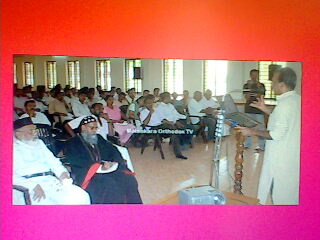
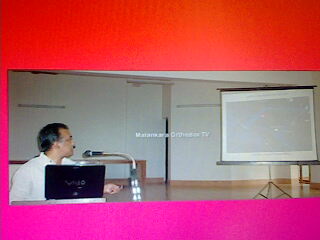

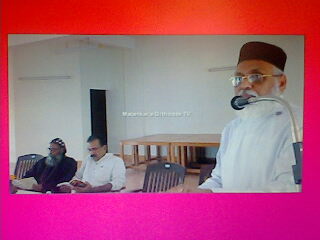

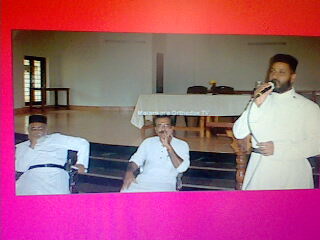 Dr.P.J.Cherian Sits in Middle
Dr.P.J.Cherian Sits in Middle 
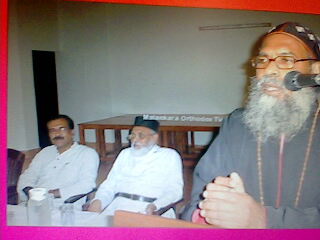


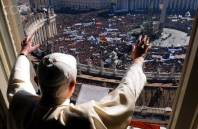






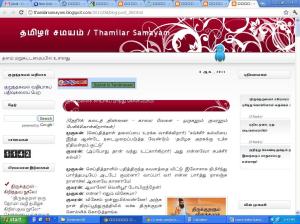
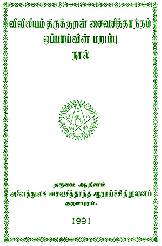
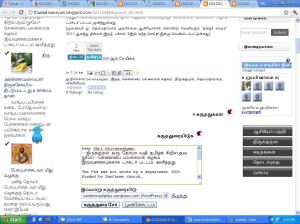




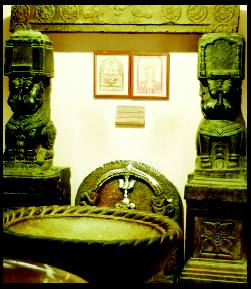



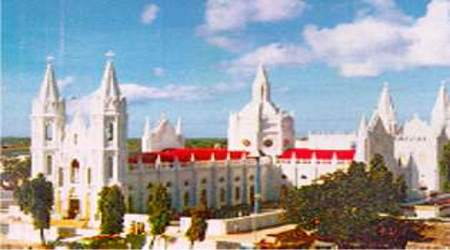
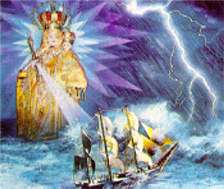 the shrine was the only building to escape the devastation. Perhaps the most extraordinary aspect is that buildings on the same elevation, further inshore were destroyed, while those inside the shrine remained entirely dry. Basilica officials did not hesitate to call the event miraculous, an opinion shared by Sebastian Kannappilly, a businessman from neighboring Kerala state who was in the shrine during Mass. He stated: "It was a miracle that the water did not enter the church." His driver, who was waiting outside the Church, perished.
the shrine was the only building to escape the devastation. Perhaps the most extraordinary aspect is that buildings on the same elevation, further inshore were destroyed, while those inside the shrine remained entirely dry. Basilica officials did not hesitate to call the event miraculous, an opinion shared by Sebastian Kannappilly, a businessman from neighboring Kerala state who was in the shrine during Mass. He stated: "It was a miracle that the water did not enter the church." His driver, who was waiting outside the Church, perished.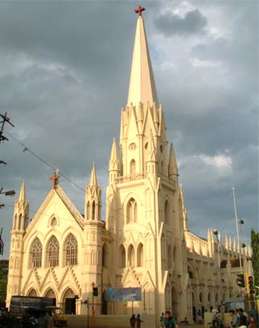




7:24 மு.பகல் இல் பெப்ரவரி 11, 2010 | பதில்
அருமையான கட்டுரை.
எல்லா தமிழர்களுக்கும் தெரியவேண்டிய விஷயங்கள்.
நடு-நடுவே, சில வார்த்தைகள் தமிழிலே இல்லை. அவை புரியும் படி போடவும்.
இத்தகைய தமிழ் துரோகிகளுடன், தமிழர்கள் துணைப் போவது விந்தையிலும், விந்தையான விஷயமே.
11:53 பிற்பகல் இல் பெப்ரவரி 11, 2010 | பதில்
தாங்கள் எடுத்துக் காட்டிய வார்த்தைகள் / வரிகளைத் திருத்தி விட்டேன்.
எடுத்துக் காட்டியதற்கு நன்றி.
10:03 மு.பகல் இல் பெப்ரவரி 17, 2010 | பதில்
It is shame on the Tamils who talk in the name of Tamil etc.
It is amazing and perplexing that the CM who dies for Tamil always has been colluding with these anti-Tamil cheats and hypocrites.
The people of Tamilnadu have been under some psychological stupor as otherwise, the so-called “matathipathis” – incidentally or ironically, it has wonderful opposite meaning in Tamil have been showering honours on the Tiruvalluvar bashing Karunanidhi.
Not only, tiruvalluvar’s name is tarnished, but also, Tamil culture is blasphemed.
I note one John samuel one of the anti-Tamil culprits has been one of the Committee for the so-called Sentamil Conference!
10:11 மு.பகல் இல் பெப்ரவரி 17, 2010 | பதில்
தாங்கள் எடுத்துக் காட்டியது சரிதான்.
ஜான் சாமுவேல் இதில் சேர்க்கப்பட்டது, மிகவும் மோசமான நிலைதான்.
ஆனால், திருக்குறள் பேரில் இன்னும் என்னவெல்லாம் நடக்கப் போகிறதோ தெரியவில்லை!
கீழேயுள்ளதையும் படித்துப் பாருங்கள்:
முகம்மது அலி ஜின்னாவும், திருக்குறளும், திருக்குர்ஆனும்!
பெப்ரவரி 14, 2010 by vedaprakash
http://rationalisterrorism.wordpress.com/2010/02/14/முகம்மது-அலி-ஜின்னாவும்/
10:14 மு.பகல் இல் பெப்ரவரி 17, 2010 | பதில்
ஜான் சாமுவேல் யார், அவன் இப்படி திருவள்ளுவரை இழிவு படுத்தினான், அவனுக்கும் கருணாநிதிக்கும் என்ன தொடர்பு……………இவைஎல்லாம் எனக்குப் புரியவில்லையே?
10:41 மு.பகல் இல் பெப்ரவரி 17, 2010 | பதில்
ஜான் சாமுவேல் ஒரு கிருத்துவர்.
முதலில் அனைத்திந்திய ஆசியவியல் நிறுவனத்தில் லட்சங்களில் பணத்தை கையாடியதாக அந்நிறுவனத்தின் நிதியளிக்கும் ஜப்பானியர் ஒருவர் புகார் கொடுத்தார்.
வி.ஆர். கிருஷ்ணா ஐயர் தலமையில் நிறுவப்பட்ட விசாரிக்கும் கமிட்டி அவனது பணம் கையாடலை உறுதி செய்ததால், பதவிலிருந்து விலக்கிவைக்கப் பட்டார்.
கொடுமுடி சண்முகம் என்பவர் அமர்த்தப் பட்டார். அதற்குள் இவர் தகராறு செய்து கைது செய்யப்பட்டார்.
அனைத்துலக ஸ்கந்தா-முருகா மாநாடு பெயரில் ஒரு கம்பெனியை ஆரம்பித்து பணம் பண்ணினார். பங்குகளை விற்க முயற்ச்சித்தார்.
மொரிஸியஸ், மலேசியாவில் எல்லாம் ஸ்கந்தா-முருகா மாநாடுகள் நடந்தன. விஜி சந்தோஷம் மொரிஸியசில் பைபிள் விநியோகம் செய்தபோது, தமிழர்கள் எதிர்ப்பு தெரிவித்தனர்.
பிறகுதான் அவரது நண்பர்களுக்கு விஷயம் தெரிய ஆரம்பித்தது. ஒரு ஈரோடு மருத்துவர் நொந்தேப் போய்விட்டார்.
அதற்குள் திடீரென்று தனது கிருத்துவ புத்தியைக் காட்ட ஆரம்பித்து விட்டார்.
தெய்வநாயகம் போலவே இவனும் அந்த தாமஸ் கட்டுக்கதையைப் பிடித்துக் கொண்டார். நியூயார்க்கில் ஒரு மாநாடு, பிறகு சத்யபாமா காலேஜில் (ஜேப்பியார் உபயம்).
இப்பொழுது, இந்த செம்மொழி மாநாட்டில் அடக்கம்!
இந்த கூட்டத்தைப் பாருங்களேன் – மணவை முஸ்தபா, அப்துல் ரஹ்மான், …………..இப்படி முஸ்லீம்கள், அன்னி தமசு (தெய்வநாயகத்தின் ஆராய்ச்சிக்கு உதவியவர், சவேசுவின் மனைவி என்று சொல்லப்படுகிறது), சாமுவேல்……….கிருத்துவர்கள், மற்ற நாத்திகர்கள்………………….
10:51 மு.பகல் இல் பெப்ரவரி 17, 2010 | பதில்
That is why I wonder how such shaddy characters could be part of such conference?
Ironically, the people of Tamilnadu appear not to bother about the credentials of the people involved.
The bloody – useless secularism appears to work in everything – put two Muslims, one Christian and so on or fill up with this dravidian gang.
Bury Tiruvalluvar, forget Tirukkural!
With all these regrettable events only, the Mutt-heads go on hobnob with them.
Therefore, the Tamils should expose these Mutt-heads first and then send out these anti-Tamils.
Atheism does not mean disparage Tamil culture, denigrate Tamil tradition, disrespect Tamil heritage, demean Tamil civilization and above all blaspheme Hindu religion.
11:06 மு.பகல் இல் பெப்ரவரி 17, 2010 | பதில்
அத்தகைய நபர்கள் – அதாவது திருவள்ளுவரை, திருக்குறளை மதிக்காதவர், அவர்களகவே இந்த செம்மொழி மாநாட்டிலிருந்து விலகுவது நல்லது.
இல்லையெனில் அவர்கள் தமிழுக்குச் செய்த மாபெரும் துரோகமாக – அக்காரியங்கள் சரித்திரத்தில் பதிவு செய்யப்படும்.